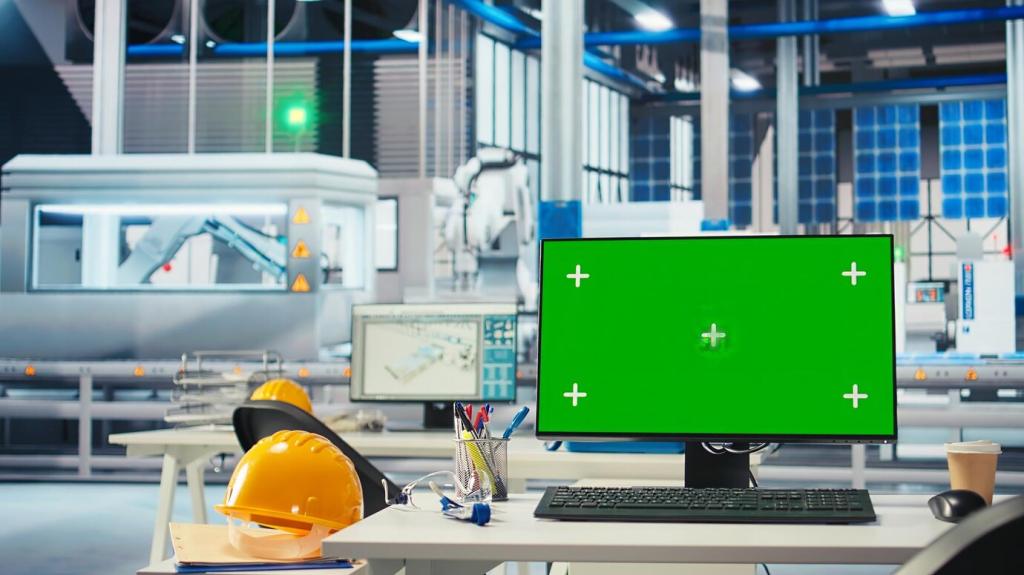Circularity by Design and Digital Product Passports
A scannable tag can list materials, adhesives, and replacement parts, plus end-of-life instructions. Service teams diagnose faster, while customers find spares easily. What data would your customers scan most—compatibility, certifications, or repair tutorials? Tell us and we’ll draft a schema.
Circularity by Design and Digital Product Passports
Distributed ledgers can verify chain-of-custody for metals, fibers, and additives, strengthening claims against greenwashing. Keep it practical: record critical transitions, not everything. Curious where to start? Ask about pilot templates that align with existing compliance workflows.




